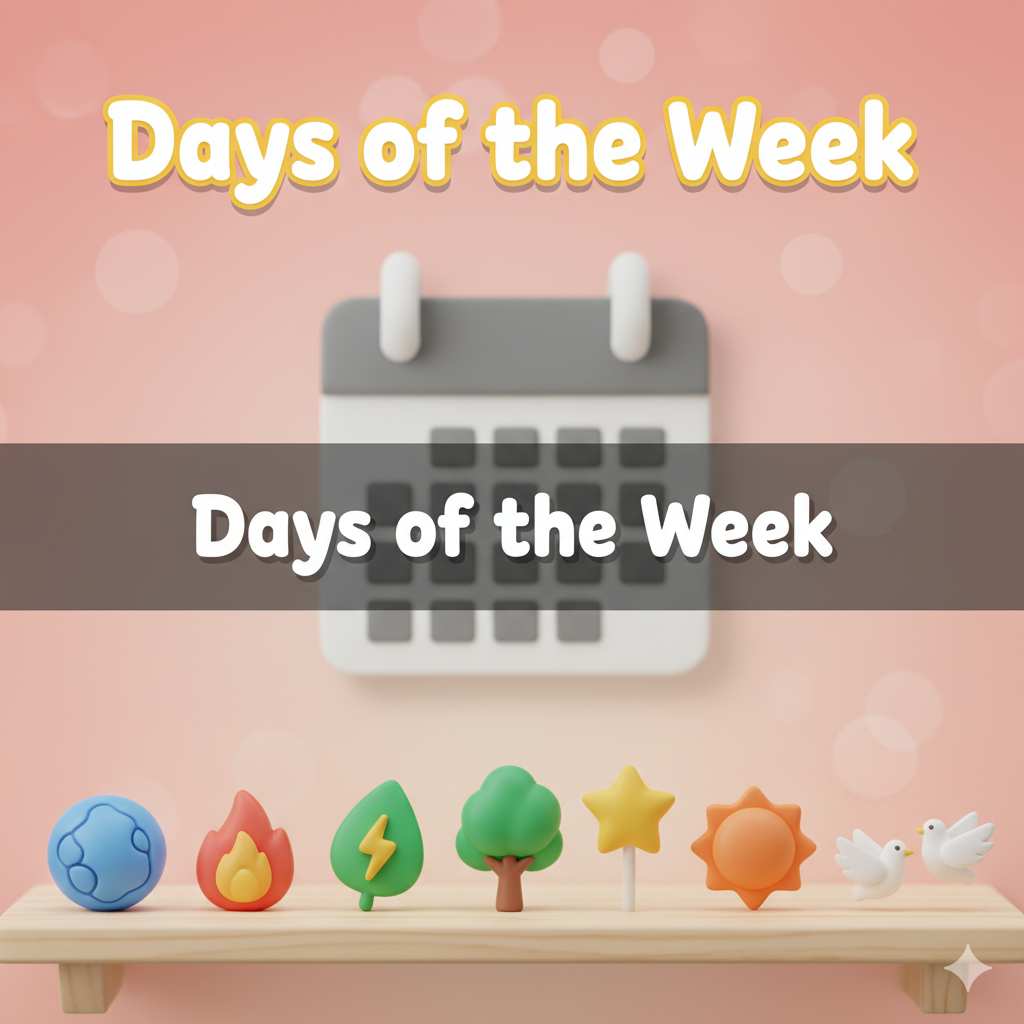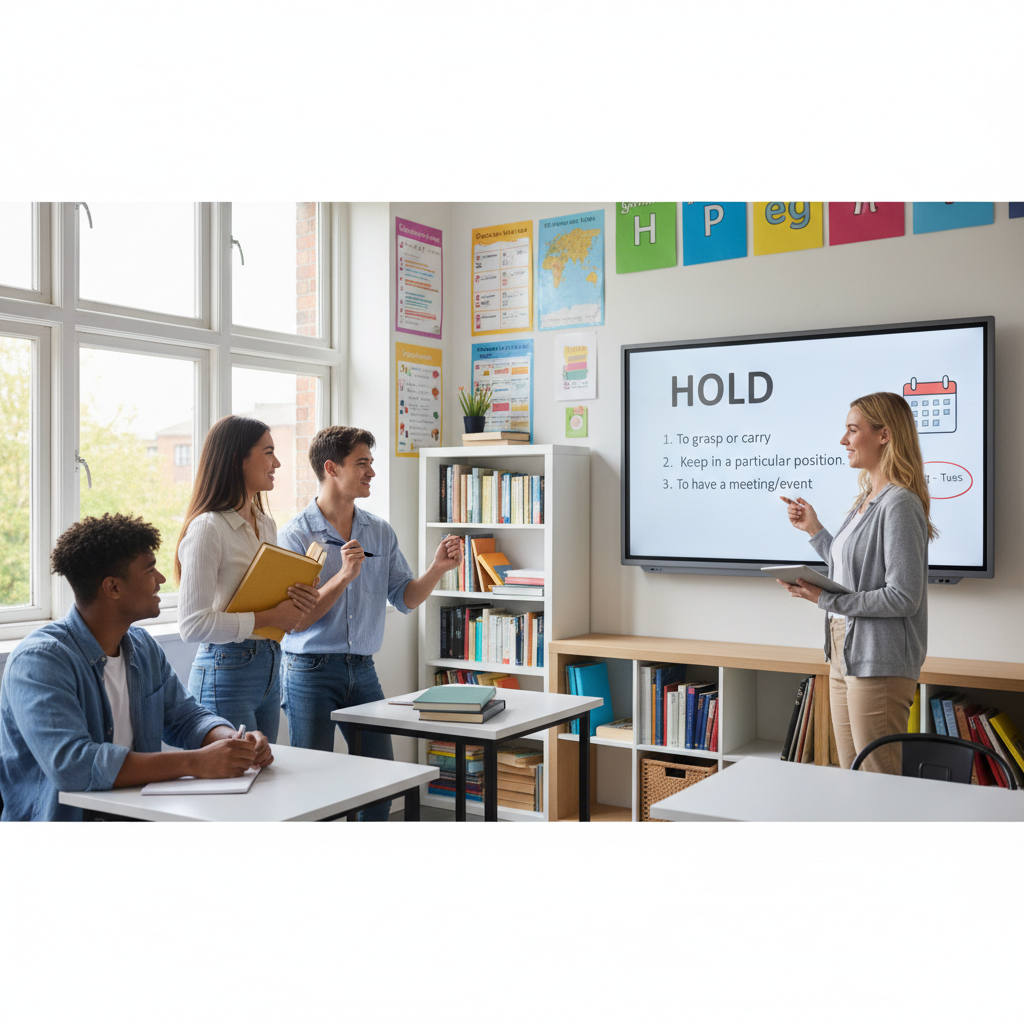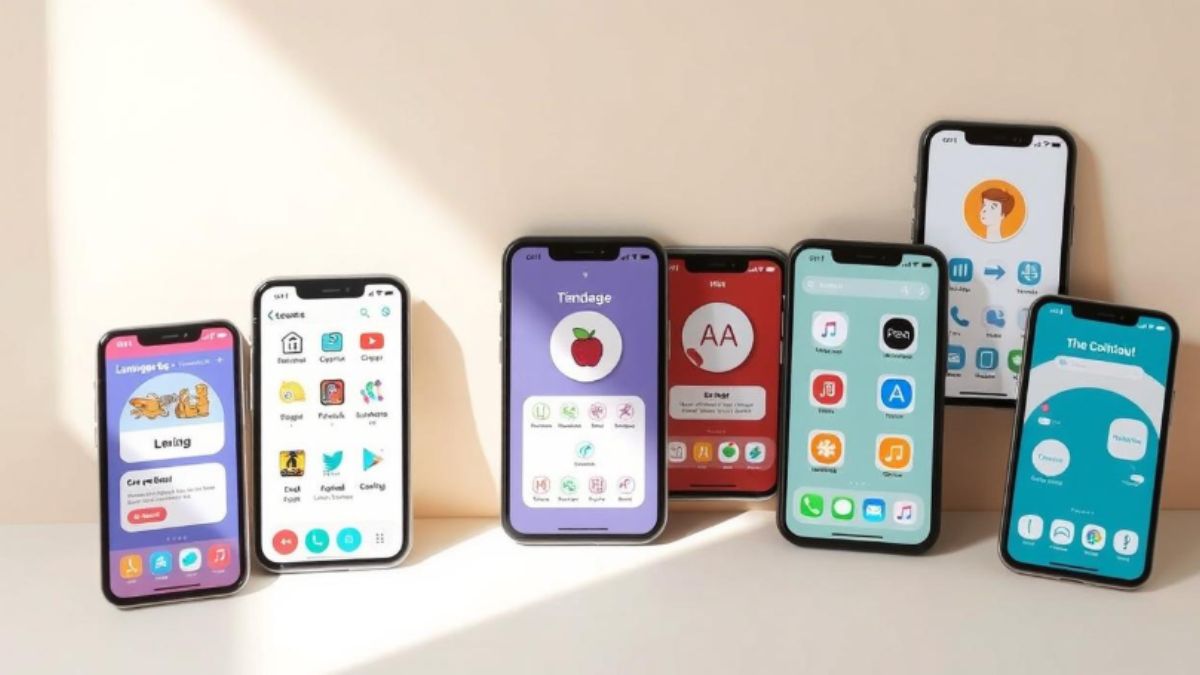Types of Insects (A1–A2): A Friendly Guide for Young English Learners
Learning about the types of insects is a fun way to grow English vocabulary for A1–A2 kids and teens. This guide uses simple language, pictures ideas, and mini-activities to teach body parts, life cycles, and how insects help nature. Includes a short reading, classroom tasks, FAQ, and a ready-to-use vocabulary list.
Continue lendo









